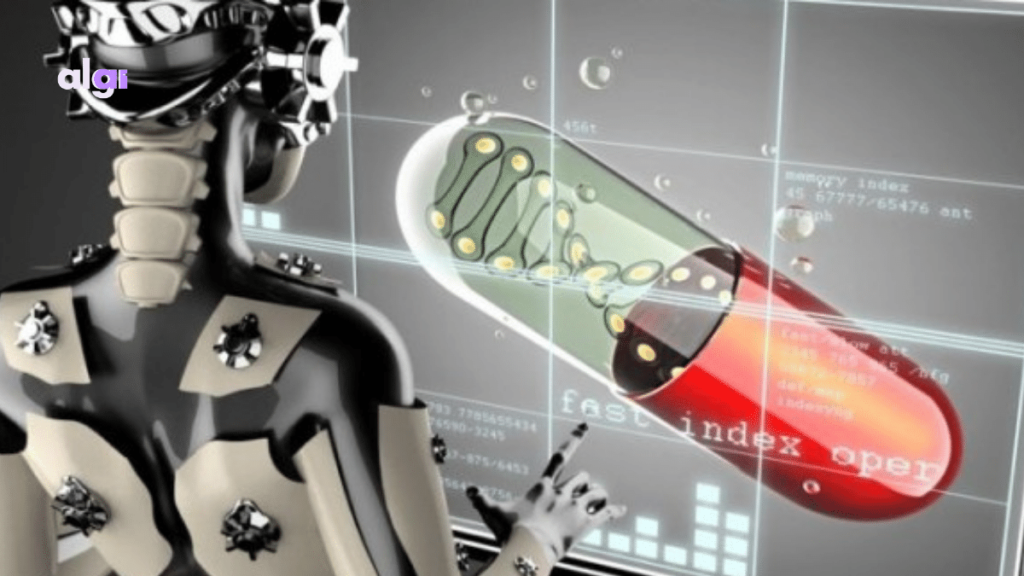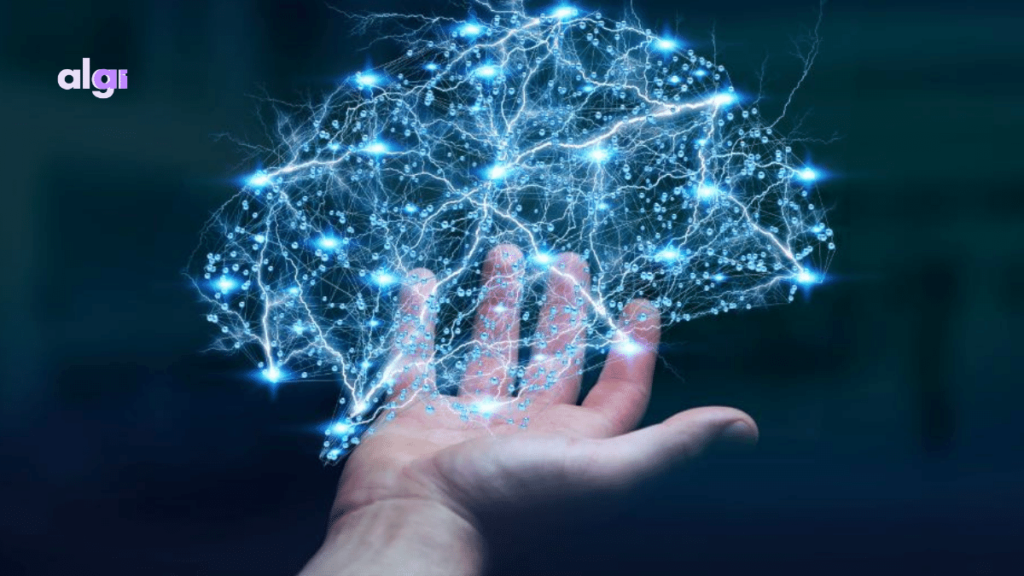Machine Learning and Predicting the Future
Artificial intelligence, machine learning and predicting the future have created a great deal of interest and excitement in recent years. Artificial intelligence enables computer systems to solve complex problems by providing human-like intelligence and learning abilities. One of the most important approaches in this field is machine learning.
Machine learning is a technology that allows computer systems to recognize patterns, analyze trends and predict future events by feeding on data. This technique allows us to obtain valuable information by revealing hidden information in large data sets. For example, it becomes possible to predict future trends and events by using machine learning in the financial sector, marketing, healthcare and many other areas.
It improves itself by analyzing data and constantly updating algorithms. In this way, it can make more accurate and reliable forecasts. Large companies can analyze customer behavior and predict future demands using machine learning models when determining their marketing strategies. In the healthcare industry, machine learning algorithms can be used to diagnose diseases and optimize treatment processes. In the automotive sector, on the other hand, artificial intelligence-based driverless vehicles may improve traffic flow and safety in the future.
However, with the power of artificial intelligence, some ethical and social problems also arise. Issues such as data privacy, unemployment risk, algorithm bias are important issues that need to be addressed together with the widespread use of artificial intelligence. Therefore, it is important to act carefully and responsibly when using the power of artificial intelligence. Thanks to big data analysis and image recognition capabilities, it is predicted that these technologies will have a major impact on the business world, the health sector, transportation and many other areas.

Medical image analysis and disease diagnosis in the Health Sector
Artificial intelligence is being used more and more in medical image analysis and disease diagnosis. Deep learning and image processing techniques are used to detect and diagnose diseases by analyzing large amounts of medical image data. For example, by analyzing the data from an MRI scan, it can detect brain tumors and determine their location.
Artificial intelligence, along with medical image analysis, has become an important tool for early diagnosis of diseases. Early detection can speed up the process of starting treatment and prevent the progression of the disease.
Artificial intelligence algorithms can detect abnormalities when examining image data and offer a valuable guide to doctors. Thanks to this, the early stages of cancer, Alzheimer’s, heart disease and many other diseases can be diagnosed more effectively.
In addition, artificial intelligence is also used in medical image analysis in areas such as treatment planning and drug discovery. With the detailed analysis of the images, the most appropriate approach to treatment can be determined and optimized according to the individual characteristics of the patient. Artificial intelligence can also be used in drug discovery, speeding up processes such as the design of potential drug molecules and predicting their effectiveness.
The impact of artificial intelligence on medical image analysis and disease diagnosis is becoming increasingly obvious. This technology can help doctors make more accurate diagnoses and improve the treatment process of patients. In the future, artificial intelligence-based medical image analysis and diagnostic systems will further develop, improving efficiency in healthcare and the quality of patient care.

Drug Development
Artificial intelligence is not new, but it has literally become the center of attention in recent years due to the increasing computing power we have today. Artificial intelligence can scan data at a speed much higher than humans can, and drug development projects that can be groundbreaking in healthcare can be managed through this data. The technology can analyze data from a wide variety of sources, such as clinical trials, patient health records and genetic records, and help predict how a drug may affect a person’s cells and tissues. This can lead to better clinical research and personalization of medicines. The final effect of all this will be that the drug will enter the Sunday much faster.
Reading Computed Tomography Scans
The ability of artificial intelligence to read both medical images and medical records could save a very serious amount of time that radiologists and cardiologists spend diagnosing diseases. Radiologists may have to examine perhaps hundreds of images a day to diagnose diseases, but eye strain may prevent them from making an accurate diagnosis. IBM is working on an artificial intelligence system that will help radiologists by analyzing millions of images and comparing them with other data related to the patient’s health. The software will be released by the IBM team for commercial use after the testing phase is completed.
In addition, artificial intelligence is being used or will be used in many other areas, such as determining when a patient will wake up from a coma and making it easier to diagnose depression, which is experienced by more than 300 million people around the world. In addition, there are other developments made possible by technology in the field, such as a robot that has in mind everything a medical student needs to memorize and learn, helping human doctors.
In our country, which is at the intersection of the health sector and tourism and is referred to as a health tourism center, the technology coming with artificial intelligence will also have important contributions. In this regard, the cooperation between the research hospitals of universities and the companies leading the technology can give good results.

Data collection
In order to effectively train machine learning and use artificial intelligence in healthcare, a large amount of data needs to be collected. However, obtaining this data costs patient confidentiality in most cases and is not well received by society. For example, according to a survey conducted in the UK, it is estimated that 63% of the population is uncomfortable with sharing their personal data in order to improve artificial intelligence technology. The lack of real, accessible patient data is hindering the progress of developing and deploying more artificial intelligence in healthcare.
Automation
According to a recent study, artificial intelligence could replace 35% of jobs in the UK within the next 10 to 20 years. However, it has been concluded that artificial intelligence has not eliminated any health care jobs so far. If artificial intelligence automates health-related jobs, the jobs most susceptible to automation will be those that deal with digital information, radiology and pathology, as opposed to those that deal with doctor-to-patient interaction.
Automation can also provide benefits in addition to doctors. It is expected that doctors who use artificial intelligence in health services will provide better quality health care services than doctors and medical institutions who do not do this. AI will probably not completely replace healthcare workers. On the contrary, it will give them more time to take care of their patients. AI can prevent burnout and cognitive overload of healthcare workers. AI will contribute to the advancement of societal goals that include better communication, improved health care quality, and autonomy.

Prejudice
Since AI makes decisions based only on the data it receives as input, it is important that these data represent the correct patient demographic. In the hospital environment, patients do not have complete knowledge of how predictive algorithms are created or calibrated. Therefore, these medical institutions may code their algorithms in a way that discriminates against minorities. It is able to prioritize profits instead of providing ideal care.
There may also be undesirable biases in these algorithms that can increase inequalities in social and health services. Since the decisions of artificial intelligence are a direct reflection of the input data, the data it receives must be an accurate representation of the patient demographic. White men are overrepresented in medical data sets. Therefore, having the least amount of patient data about minorities can lead to artificial intelligence making more accurate predictions for the majority population and unintended worse medical outcomes for minority populations. Collecting data from minority communities can also lead to medical discrimination. For example, the Human Immunodeficiency Virus (HIV) is a common virus among minority communities. Dec. HIV can be used to discriminate against patients. However, these biases can be eliminated with careful practice and regular collection of representative data.
The use of artificial intelligence in the medical field should proceed in accordance with the principles of social justice and equality. This both allows us to use artificial intelligence to improve the quality of healthcare services and protects the rights of all patients. In the future, with more discussion of ethical issues in the field of artificial intelligence and medicine and the search for solutions, we can create a more fair and egalitarian healthcare system.
In this blog post, we discussed the importance of artificial intelligence in medical image analysis and disease diagnosis, as well as ethical and justice issues. Advancing consciously in these areas helps us to embrace all segments of society while using the potential of technology to the maximum. Taking into account the benefits of artificial intelligence in the field of medicine and our ethical responsibilities, we can take steps for a better future.
